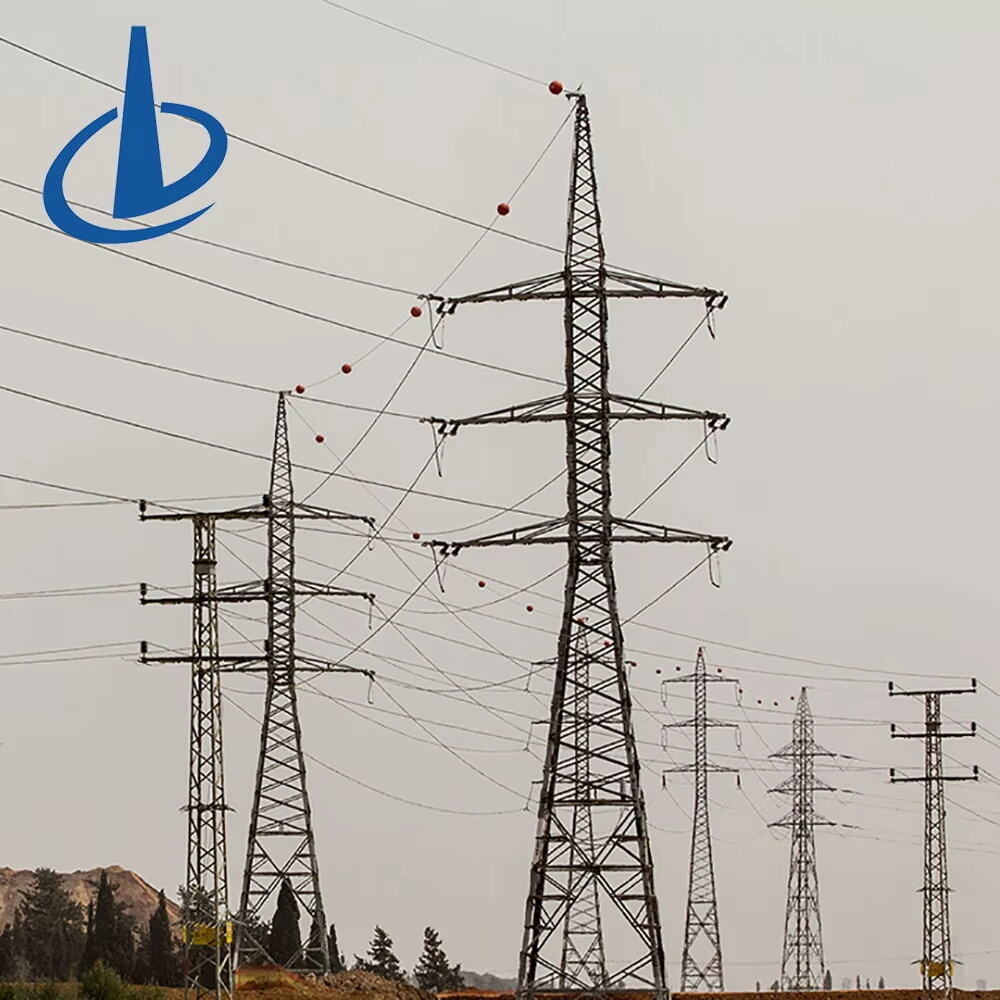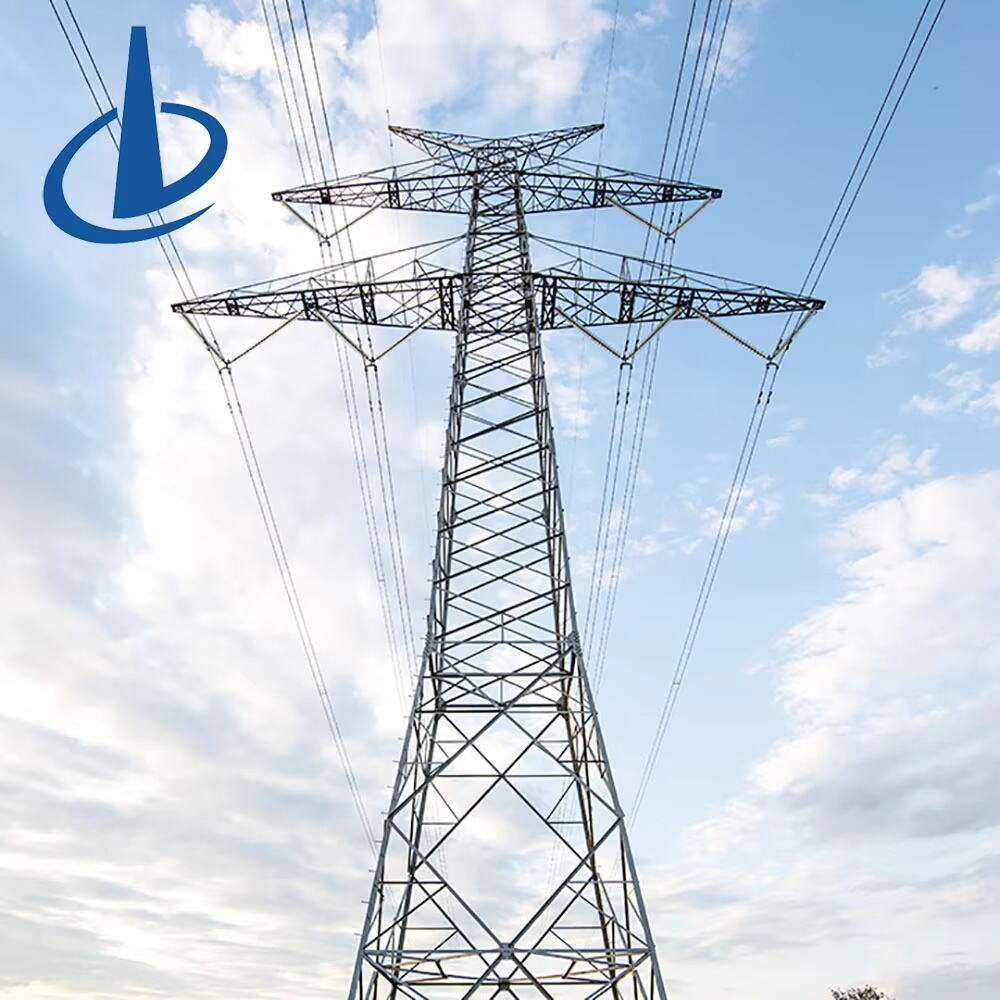The Role of Power Towers in Energy Transmission
Power Towers are the backbone of modern electricity transmission, carrying high-voltage lines across cities, mountains, and rural landscapes. They ensure that energy generated in power plants, wind farms, or solar stations reaches millions of homes and industries safely and efficiently. Without Power Towers, the stability of national grids would collapse, and entire regions could face long-term outages.
Why are these structures so critical? Because they not only support heavy loads of cables but also withstand extreme environmental conditions such as storms, floods, and high winds. They are designed for durability, efficiency, and long-distance energy delivery. Power Towers represent one of the most important pieces of infrastructure in the global energy system.
As populations grow and electricity demands rise, Power Towers are evolving with new technologies and designs. Different types of towers exist to address varying terrain, voltage levels, and weather challenges. From suspension to guyed towers, each has its specific function in ensuring reliable transmission. Understanding their types allows us to see how carefully engineered these giants are to protect the lifeline of modern society.
Main Types of Power Towers
Suspension Power Towers
Suspension towers are among the most common designs used in power transmission. Their role is to hold conductors in place over long spans. They are designed with lightweight structures that can resist natural swaying caused by wind while minimizing stress on the conductors.
These Power Towers are often found across flat terrains, highways, or agricultural fields. Because they primarily support vertical loads, they use insulators to hold cables without transferring excessive pressure to the tower body. Their cost efficiency and flexibility make them a preferred choice in many regions.
Tension Power Towers
Tension towers, also known as dead-end towers, are used at points where transmission lines change direction or where mechanical stress is particularly high. Unlike suspension towers, tension towers carry both vertical and horizontal loads.
They are heavily reinforced to handle extreme pulling forces from conductors, especially at line ends or sharp angles. For this reason, tension Power Towers are often built with thicker steel frameworks and stronger foundations. They play a critical role in stabilizing entire transmission networks.

Specialized Designs of Power Towers
Guyed Power Towers
Guyed towers are lightweight structures stabilized by steel cables anchored into the ground. Their main advantage lies in reduced material costs, as the guy wires carry much of the structural load.
These Power Towers are particularly effective in wide-open spaces where land is available for cable anchoring. However, because they require larger ground areas, they are less practical in dense urban environments. Despite this limitation, their ability to reach impressive heights makes them valuable in long-distance transmission projects.
Monopole Power Towers
Monopole towers are vertical single-shaft structures that occupy minimal ground space. Built with steel or concrete, they offer a modern alternative to lattice-style towers.
These Power Towers are widely used in cities, where land is expensive and limited. Their sleek design allows them to blend more easily into urban landscapes. Monopoles are also faster to install and require less maintenance, making them increasingly popular in modern transmission systems.
Performance Considerations for Power Towers
Stability Under Extreme Weather
How do Power Towers withstand hurricanes, heavy snowfall, or earthquakes? The answer lies in their engineering. Each type is designed with stability in mind. Lattice designs distribute wind loads, guyed towers rely on ground anchors, and monopoles use reinforced bases.
Weather-resilient materials such as galvanized steel and anti-corrosion coatings further extend their lifespan. Regular inspections and maintenance ensure that even after storms, these towers continue functioning reliably.
Adaptability to Different Terrains
Power Towers must adapt to deserts, mountains, swamps, and urban settings. For instance, suspension towers are ideal in plains, while guyed towers dominate in open countryside. In mountainous areas, compact designs are chosen to minimize land disturbance.
The adaptability of Power Towers ensures energy distribution is never halted, regardless of the environment. Engineering teams carefully select designs based on topography, soil strength, and local climate challenges.
Technological Advances in Power Towers
Smart Monitoring Systems
Technology has transformed how Power Towers are maintained. Sensors now track vibrations, wind pressure, and structural stress in real time. These smart systems send alerts if irregularities are detected, allowing for immediate intervention.
This shift from reactive to predictive monitoring significantly reduces downtime. Power Towers equipped with smart technology ensure uninterrupted energy delivery, even in unpredictable conditions.
Integration with Renewable Energy
As renewable energy projects expand, Power Towers are being redesigned to handle higher voltages and longer transmission distances. Wind farms located offshore and solar plants in deserts require reliable towers that can carry electricity to cities hundreds of miles away.
These new-generation Power Towers not only enhance transmission capacity but also contribute to global sustainability goals by enabling cleaner energy systems.
Economic and Environmental Value of Power Towers
Reducing Transmission Costs
Efficient Power Towers reduce overall transmission costs by minimizing line losses and requiring fewer maintenance interventions. Stronger designs mean fewer outages, which translates to financial savings for both energy providers and consumers.
With proper planning, tower networks can serve regions for decades, reducing the need for costly replacements. This long-term value makes investment in quality tower designs essential.
Environmental Adaptation and Protection
While Power Towers occupy physical land space, modern designs aim to minimize environmental impact. For example, monopoles reduce ground disturbance in forests, while guyed towers spread their load without requiring massive foundations.
By adapting to natural surroundings, Power Towers support the balance between infrastructure expansion and environmental preservation. Their role in transmitting renewable energy further enhances their contribution to global ecological sustainability.
Safety Measures in Power Towers
Worker Protection and Training
Working on Power Towers requires specialized training. Crews must be skilled in climbing, harnessing, and handling live wires safely. Strict protocols are enforced to protect workers from falls and electrical hazards.
Companies also implement continuous training programs to prepare teams for extreme conditions, ensuring safety remains the top priority in tower maintenance.
Public Safety and Awareness
Beyond worker protection, public safety is equally important. Communities living near Power Towers are often educated on staying away from downed lines and reporting damages during storms. Awareness campaigns and clear communication reduce accidents and promote safer living environments around transmission networks.
FAQ
What materials are Power Towers made of
Most Power Towers are made of galvanized steel for strength and corrosion resistance. In urban settings, concrete monopoles are also common because of their compact footprint and durability.
How long do Power Towers usually last
The lifespan of Power Towers typically ranges from 40 to 70 years, depending on maintenance practices and environmental exposure. With upgrades, some towers can operate even longer.
Why are there different types of Power Towers
Different types serve specific functions. Suspension towers handle vertical loads, tension towers manage directional stress, guyed towers offer height efficiency, and monopoles suit urban areas. Each design ensures safe and reliable transmission.
Can Power Towers support renewable energy projects
Yes, Power Towers are essential for renewable energy integration. They connect wind and solar farms to national grids, making clean electricity accessible to cities and industries.

